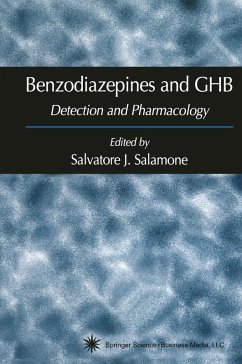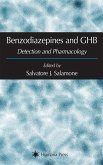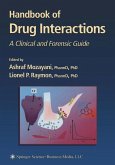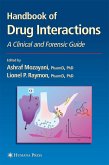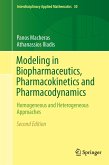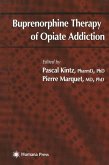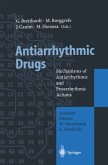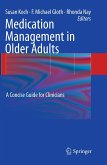Prominent experts explain the pharmacology and metabolism of benzodiazepines (LDB) and g-hydroxybutyric acid (GHB) and offer powerful and effective methodologies that will enable better detection of these drugs in various body fluids, as well as in hair. The techniques include highly sensitive immunoassay detection of LDBs, the detection of Rohypnol® and other LDBs by mass spectrometry, and the ultrasensitive detection of GHB. State-of-the-art and highly practical, Benzodiazepines and GHB: Detection and Pharmacology offers toxicologists, forensic scientists, and clinical chemists today's most effective methods for detecting these widely abused drugs that are sometimes found associated with criminal acts. Low-dose benzodiazepines (LDBs) and g-hydroxybutyric acid (GHB), often illegally used, have eluded detection in many laboratories because of their low effective dosages and rapid metabolization. In Benzodiazepines and GHB: Detection and Pharmacology prominent experts explain the pharmacology and metabolism of LDBs and GHB and offer powerful and effective methodologies that will enable better detection of these drugs in various body fluids, as well as in hair. The techniques include highly sensitive immunoassay detection of LDBs, the detection of Rohypnol® and other LDBs by mass spectrometry, and the accurate detection of GHB. Each cutting-edge method has been thoroughly tested and is described in step-by-step detail to ensure successful analytical results. In addition, guidance is provided to forensic laboratories on what drugs to look for in evaluating samples from alleged victims based on a three-year nationwide study of drug-facilitated sexual assault.
State-of-the-art and highly practical, Benzodiazepines and GHB: Detection and Pharmacology offers toxicologists, forensic scientists, and clinical chemists today's most effective methods for detecting these widely abused drugs.
State-of-the-art and highly practical, Benzodiazepines and GHB: Detection and Pharmacology offers toxicologists, forensic scientists, and clinical chemists today's most effective methods for detecting these widely abused drugs.
"...this work is of value. It provides toxicologists with important information, and, since most of its authors are respected forensic toxicologists (P. Kintz, M. Elsohly, D. Crouch, etc.), its content is highly appropriate to forensic toxicology. It reads easily and should find a choice place on shelves of toxicologists interested in the detection and pharmacology of benzos and GHB in forensic cases, especially those relating to sexual assaults." - Canadian Society of Forensic Science Journal

